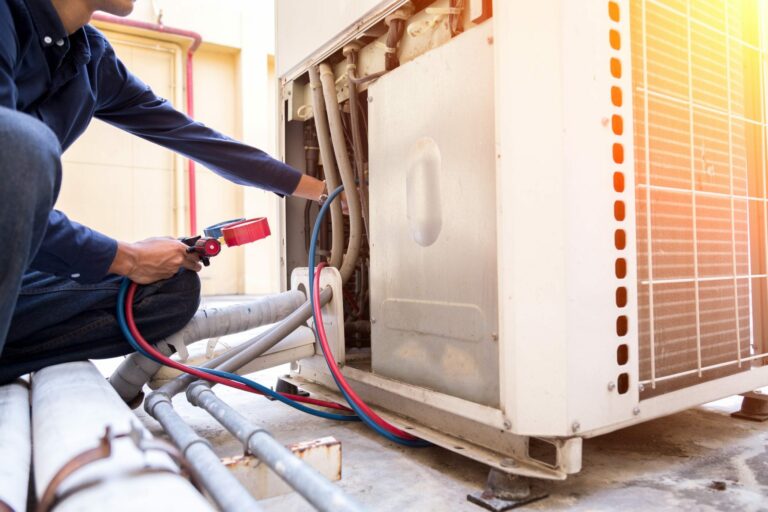Discussing the Ways Technology Is Transforming the Use of Heavy Caster Wheels

Heavy-duty casters are essential to certain members of the aerospace industry. They allow manufacturers, maintenance crews, and other personnel to move exceedingly heavy loads more easily and safely. Over time, advancements in the materials and production processes used to make casters have brought numerous advantages to the sector and the companies that depend on these components.
At the same time, technology has allowed companies to get even more use out of their heavy caster wheels and other components that make moving heavy loads more efficient. Some of the latest advancements, such as corrosion monitoring and predictive maintenance, are allowing members of the industry to bolster their casters’ longevity, safety, performance, reliability, and other traits. Take a look at some of the technological innovations that have revolutionized the use of casters in the aerospace sector.
Electrochemical Impedance Spectroscopy
Electrochemical impedance spectroscopy is widely used for corrosion monitoring in the aerospace industry. It entails applying an alternating current to the surface of a material or component and measuring the response it generates. By using a range of different frequencies and analyzing the data provided along the way, companies can better understand the protective properties of the materials used in their casters. They can also gain insight into the deterioration caused by long-term use, exposure to corrosive substances, and other factors.
Simply stated, electrochemical impedance spectroscopy measures the interactions between materials and their environment. This process is often used for monitoring special coatings and surface treatments applied to caster wheels made of steel or aluminum alloys. It detects deterioration and corrosion in their early stages. That, in turn, allows companies to perform routine maintenance on their casters or replace them before they fail altogether.
Fiber Optic Sensors
Fiber optic sensors also provide real-time corrosion monitoring in various aerospace applications. Casters happen to be one of them. Using these sensors allows companies to measure different factors. The information they generate provides insight into metal degradation, coating delamination, and additional issues caused by corrosion.
Different types of fiber optic sensors are available for this purpose, including evanescent wave and fiber Bragg grating sensors. Each one works in different ways to measure degradation. These monitoring solutions offer a few advantages over other options. They’re small and versatile, and they’re not affected by electromagnetic interference the way some devices are.
Acoustic Emission Monitoring
In acoustic emission monitoring, sensors are applied to different materials or components, caster wheels in this case. They’re used to measure transient elastic waves coming from within the wheels. Transient elastic waves are simply waves caused by disturbances in the particles in the wheels.
When caster wheels are new, they give off specific types of waves. As they deteriorate, those waves change. They also vary based on the types of damage the wheels sustain. By analyzing those waves, or acoustic emissions, the wheels generate over time, companies can detect deterioration early, track it as it worsens, and even determine exactly what type of damage is taking place.
Corrosion Monitoring and Predictive Maintenance for Heavy-Duty Casters
Information that’s collected through corrosion monitoring techniques like acoustic emission monitoring, fiber optic sensors, and electrochemical impedance spectroscopy can give members of the aerospace industry numerous advantages. These predictive maintenance strategies are transforming the way aerospace companies use their casters. They can also maximize the amount of use they get out of them.
Predictive maintenance allows aerospace companies to keep track of wear, corrosion, and other damage as they develop. As such, it enables them to address those issues as early as possible. That can reduce repair and replacement costs as well as costly downtime. It may also help companies to minimize some of the factors that damage their casters.





